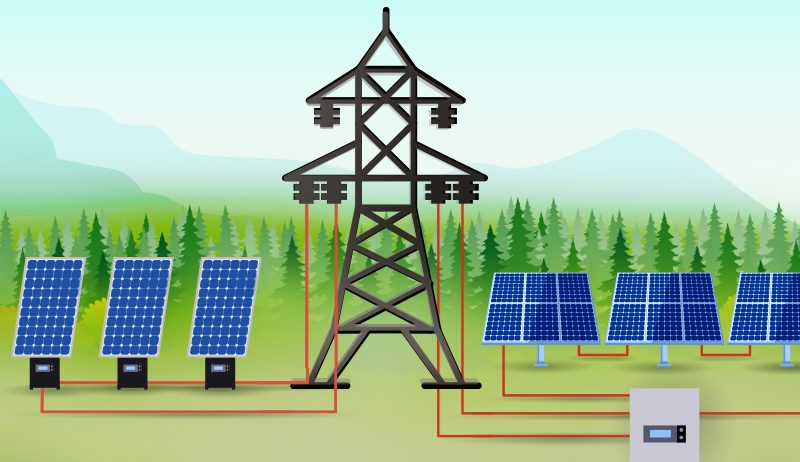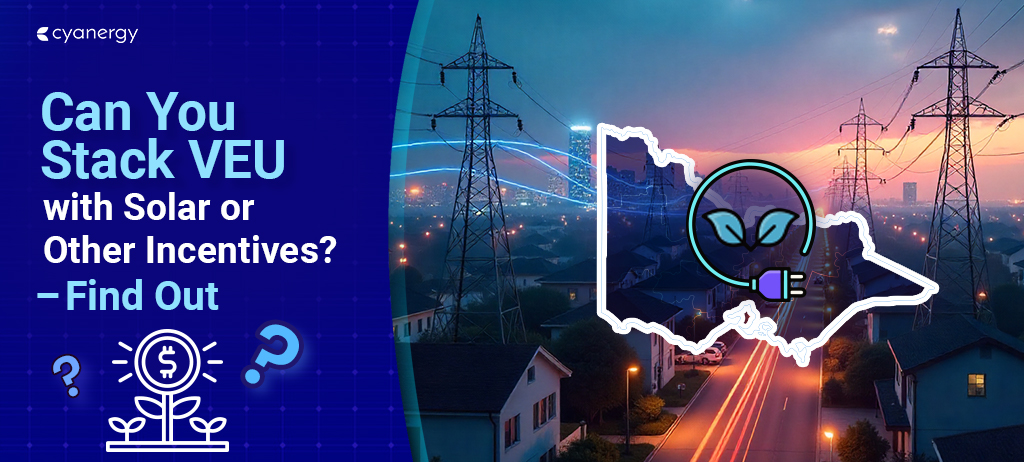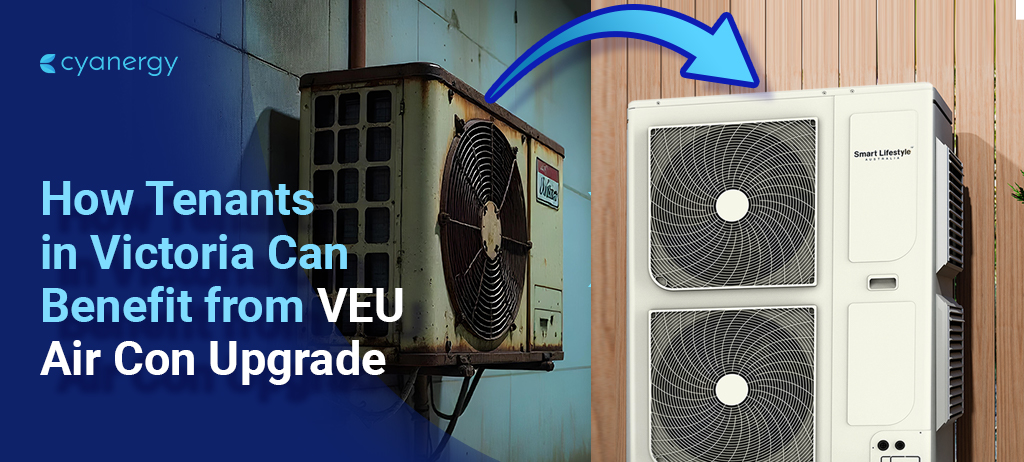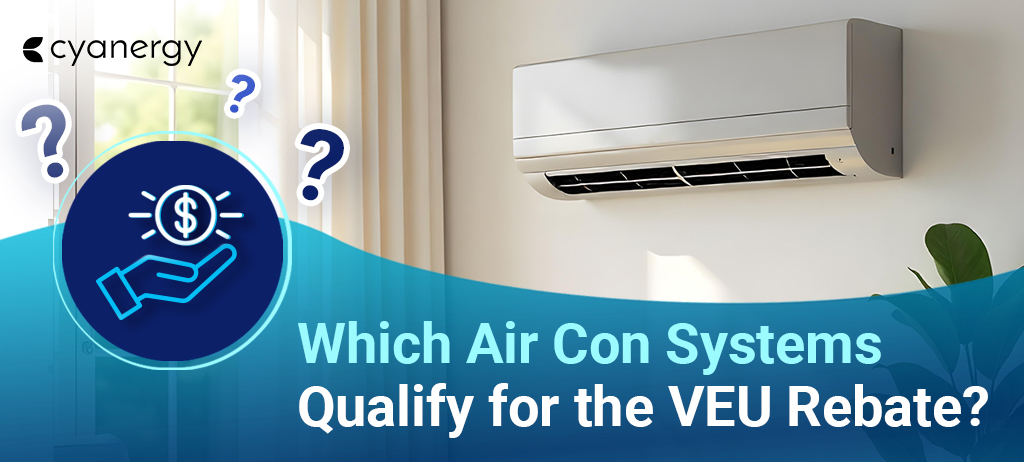Australia, famed for its breathtaking scenery and diverse wildlife, is emerging as a renewable energy leader for the upcoming era. The government’s ambitious 2030 Renewable Energy Target reflects a strong commitment to combat climate change. In this article, we will explore this groundbreaking initiative, its consequences, and the substantial headway Australia is making towards a more eco-friendly and sustainable future.
Setting the Stage for Transformation with Large-Scale Renewable Energy Target (LRET)
The Large-Scale Renewable Energy Target (LRET) for 2030 stands as a testament to Australia’s commitment to combat climate change and transition away from fossil fuels. The goal is nothing short of remarkable: to generate a substantial percentage of the nation’s electricity through large-scale renewable projects. This visionary target signifies a paradigm shift in Australia’s energy sector and heralds a new era of cleaner, more efficient power generation.
Food for thought: Ever wondered What percentage of Australia’s power is renewable in 2030? Answer- 82%. How much of Australia’s energy is renewable? Answer: 35.9%.
The Large-scale Renewable Energy Target aimed for an extra 33,000-gigawatt hours of renewable electricity by 2020. This target remains steady from 2020 to 2030, allowing new renewable energy stations to gain accreditation even after 2020, as per current law.

A Catalyst for Economic Growth
Embracing large-scale renewable energy is not only an environmental imperative but also a powerful engine for economic growth. The LRET is expected to catalyze a surge in investment, driving innovation and creating a multitude of jobs across the renewable energy Australia sector. From the construction of new wind and solar farms to the development of cutting-edge energy storage solutions, the LRET is poised to ignite a wave of economic opportunity.
Embracing Solar Farms: Harnessing the Sun’s Bounty with Commercial Solar Panels
Australia’s vast landscapes, characterized by sun-drenched plains, offer an unparalleled canvas for solar energy generation. Large-scale solar farms, equipped with state-of-the-art photovoltaic technology, are emerging as beacons of sustainable power production. These sprawling installations not only contribute to the LRET but also underscore Australia’s potential to lead the way in solar energy innovation.
Wind Energy: The Mighty Force in Renewable Power
Australia’s expansive coastlines and open spaces provide an ideal canvas for large-scale wind energy projects. Wind farms, both onshore and offshore, are set to play a pivotal role in achieving the LRET. These towering turbines harness the kinetic energy of the wind, converting it into clean, reliable electricity. With advancements in wind technology, Australia is poised to harness this mighty force of nature on an unprecedented scale.

Hydropower: Unleashing Nature’s Force
While Australia’s rivers may not be as abundant as in some other nations, the potential for large-scale hydropower projects remains substantial. Through strategic planning and sustainable practices, Australia can tap into its water resources to further diversify its renewable energy portfolio. Large-scale hydropower has a proven track record of providing reliable, continuous power, making it a valuable contributor to the LRET.
Overcoming Challenges, Seizing Opportunities
Transitioning towards large-scale renewable energy is not without its challenges. Infrastructure development, grid integration, and storage solutions are critical components of this ambitious endeavor. Nevertheless, the benefits far outweigh the hurdles. The LRET not only positions Australia as a global leader in sustainable energy but also strengthens energy security, reduces emissions, and bolsters economic resilience.
Energizing Communities with Small-Scale Renewable Energy Scheme (SRES)
At its core, the Small-Scale Renewable Energy Scheme is about democratizing energy production. It encourages households, businesses, and communities to invest in their own renewable energy systems, such as rooftop solar panels and small wind turbines. By doing so, individuals become active contributors to the national transition towards cleaner, more sustainable energy sources.
Financial Incentives: The Power of Government Rebates
One of the key drivers of the SRES’s success is its financial incentives. Through the scheme, participants receive Small-Scale Technology Certificates (STCs) based on the amount of renewable energy their systems are expected to produce over their lifetime. These STCs can be sold to liable entities, such as electricity retailers, providing a financial boost to offset the upfront costs of installation.
Small-scale Technology Certificates (STCs)
A type of certificate that represents a megawatt-hour of electricity saved by installing renewable energy resources such as solar panels or water heaters. STCs can be generated and sold by CEC accredited agents to liable entities who have to meet their renewable energy obligations.
STC calculation and trading
The number of STCs depends on the size, date, and zone of the system installed. STCs can be traded in the open market or the clearing house at different prices2. STCs have to be created within 12 months of installation and submitted by 2030 when the scheme ends.
STC benefits and requirements
STCs provide upfront financial incentives to households and small businesses who switch to renewable energy sources. To claim STCs, the system has to be less than 100KW in capacity and installed by a CEC accredited installer with approved components4. Legal documents are also required for creating and selling STCs.

Phase 2 Changes to the SRES Scheme
Here is more on phase 2 changes –
- Phase 2 changes to the SRES: The CER is working on the second phase of changes to the Small-scale Renewable Energy Scheme (SRES) that affect the accreditation of installers and designers and the publishing of approved solar panel and inverter product lists.
- Installer and designer accreditation scheme: The CER is assessing applications from organisations that want to operate the installer and designer accreditation scheme under the SRES. The CEC will continue the current scheme until a decision is made.
- Solar panel and inverter product listing body: The CER is accepting applications from organisations that want to publish solar panel and inverter product lists eligible under the SRES. The CEC will continue to publish the current lists until a nomination is made.







